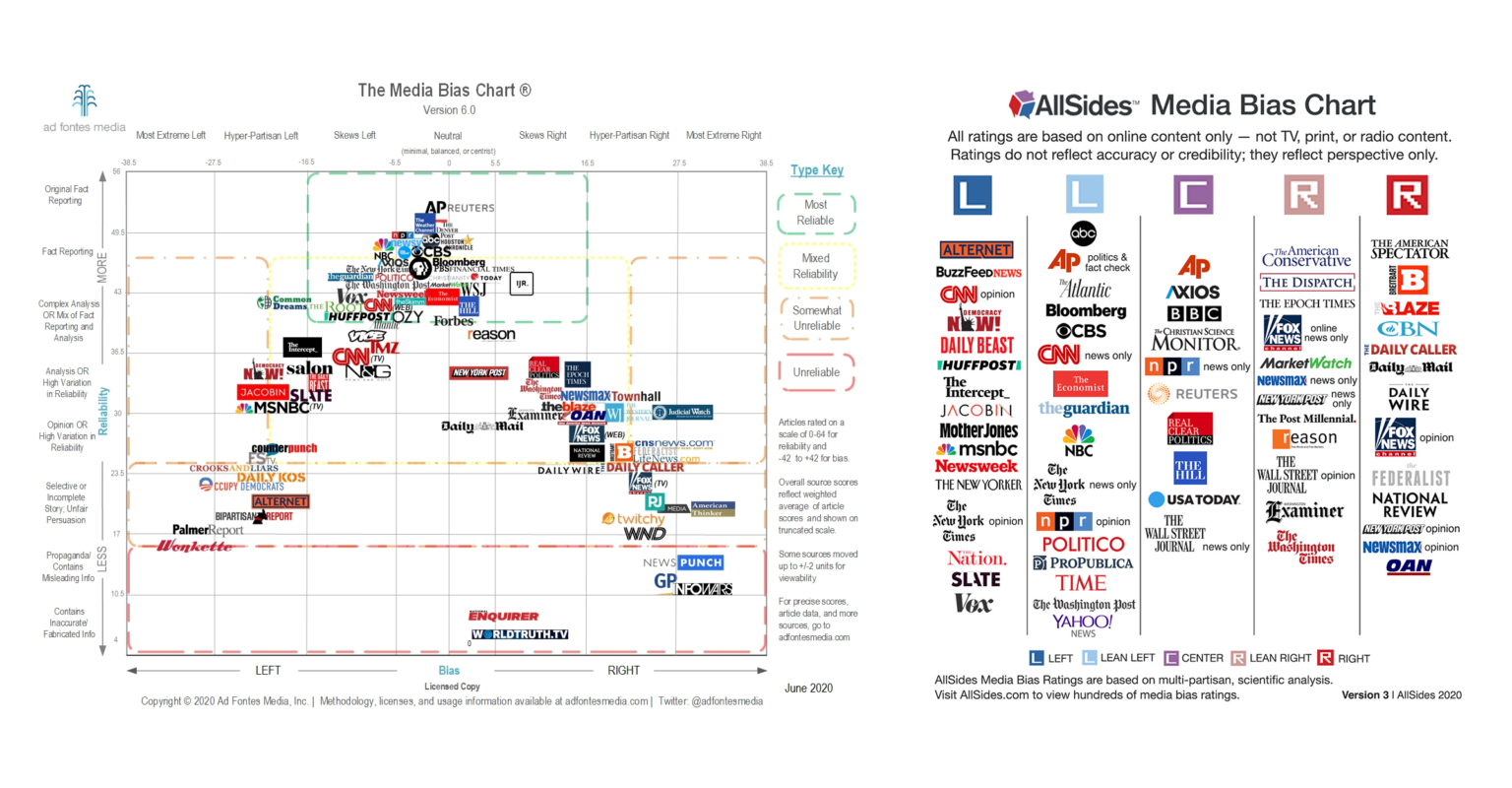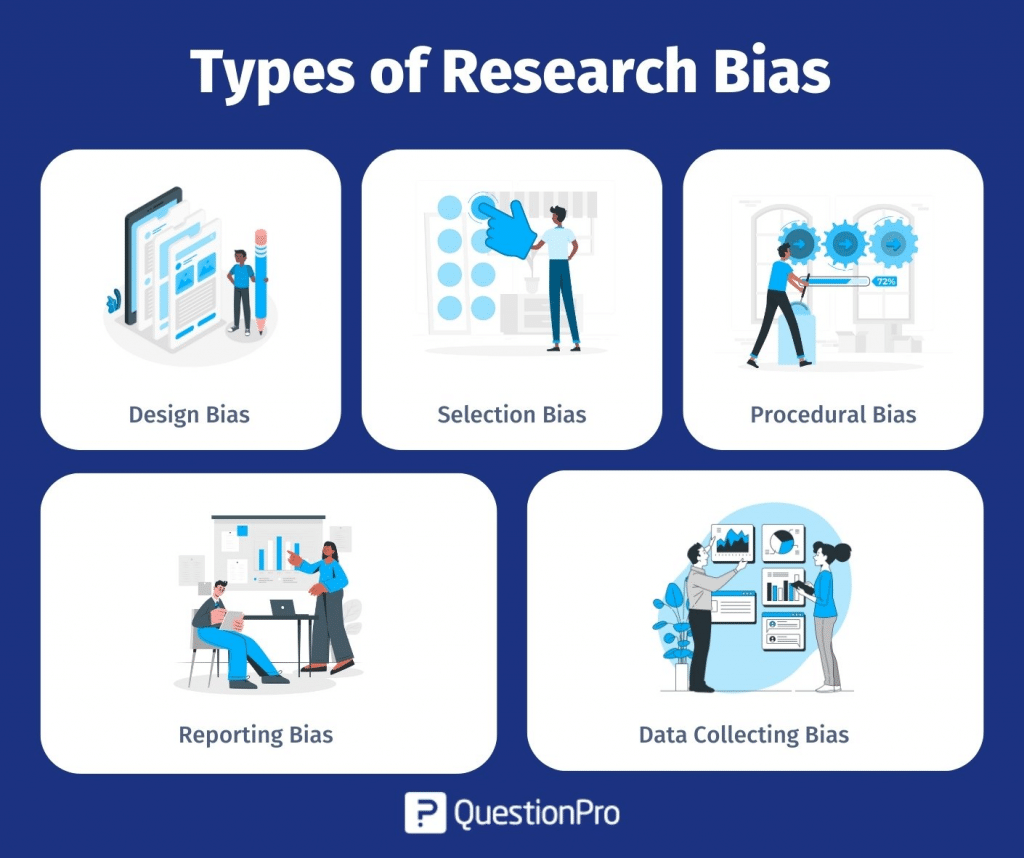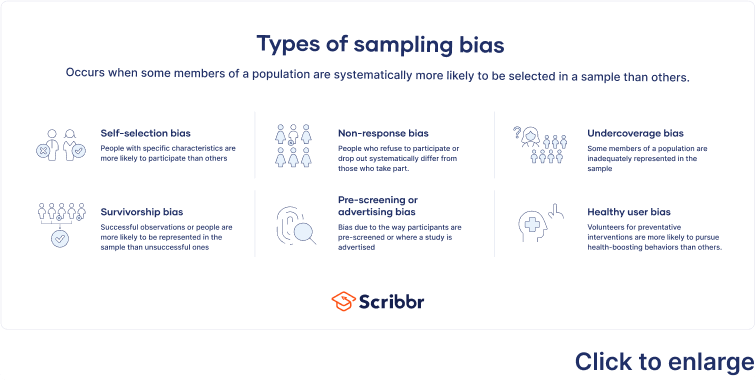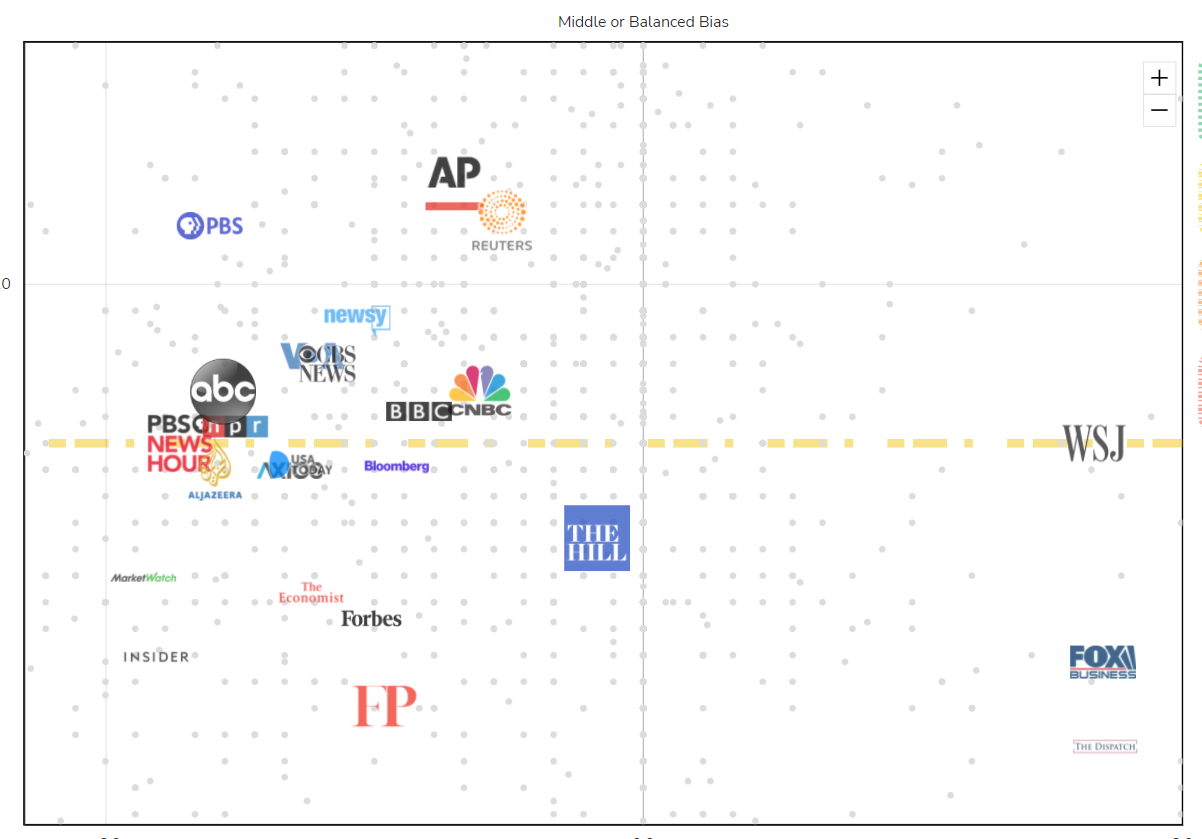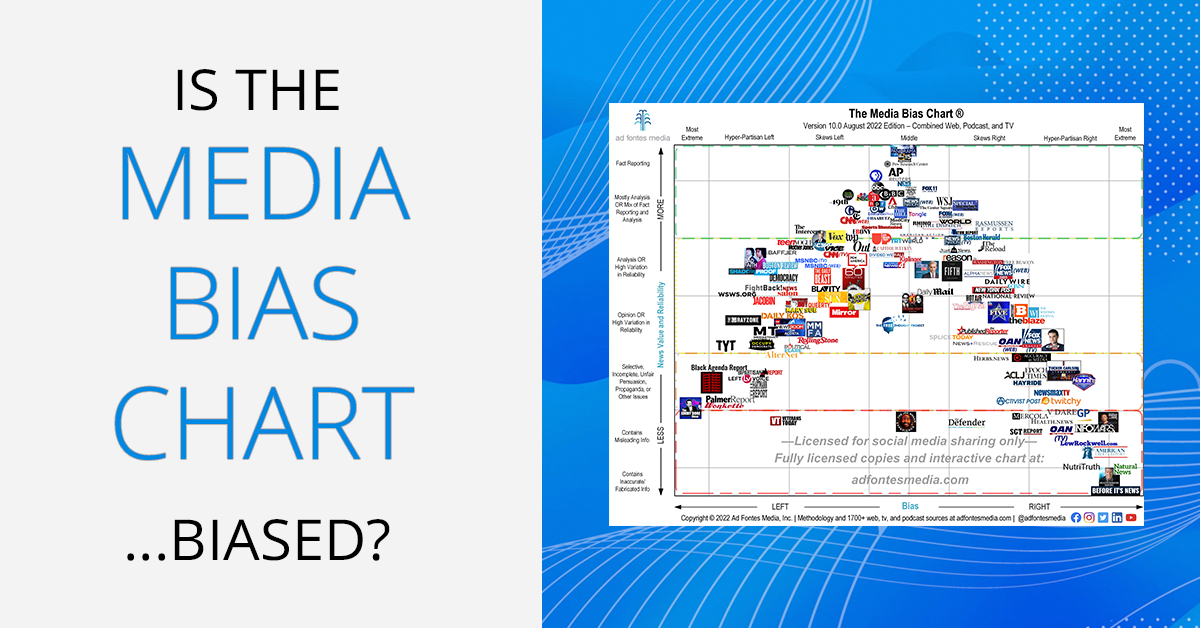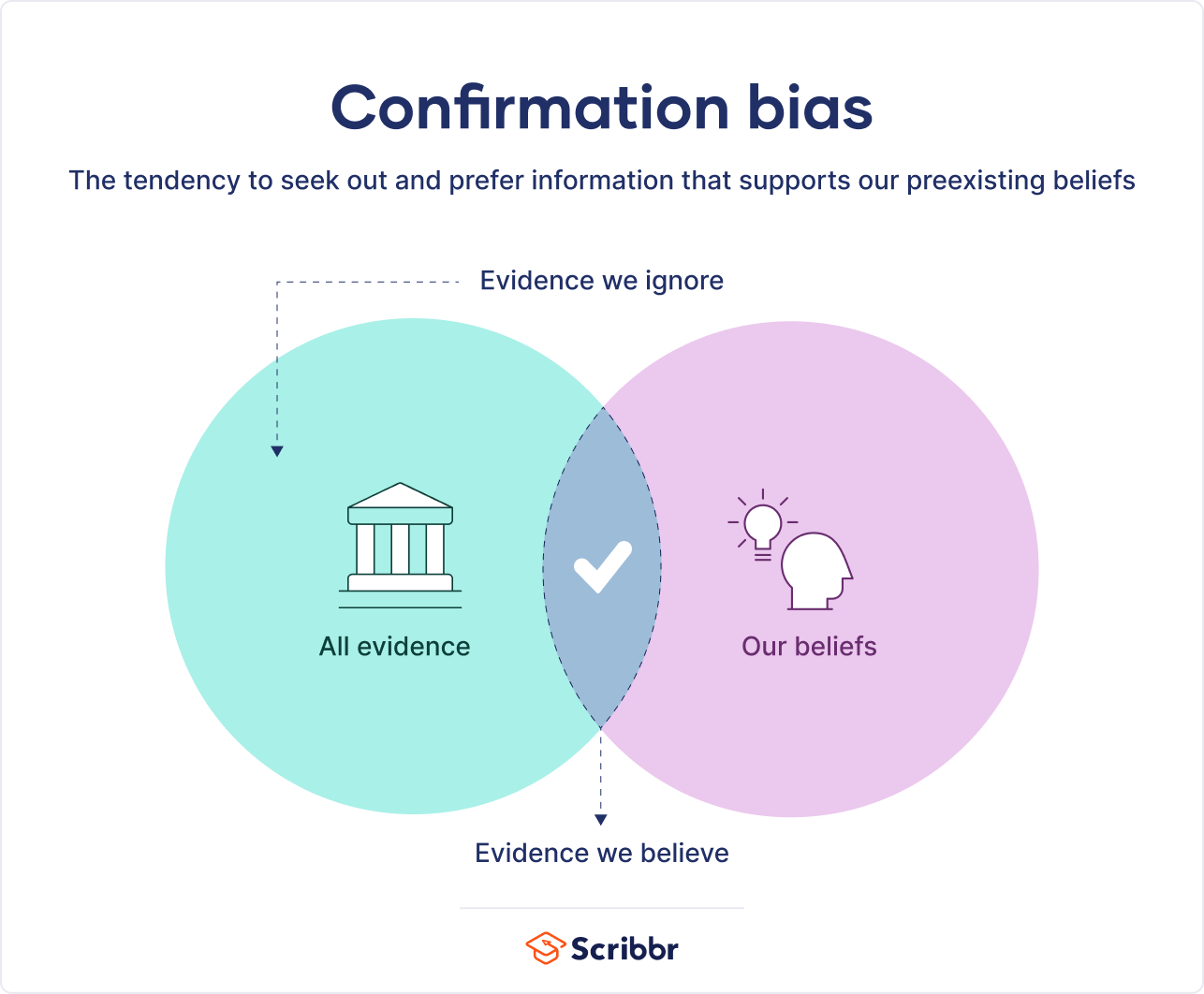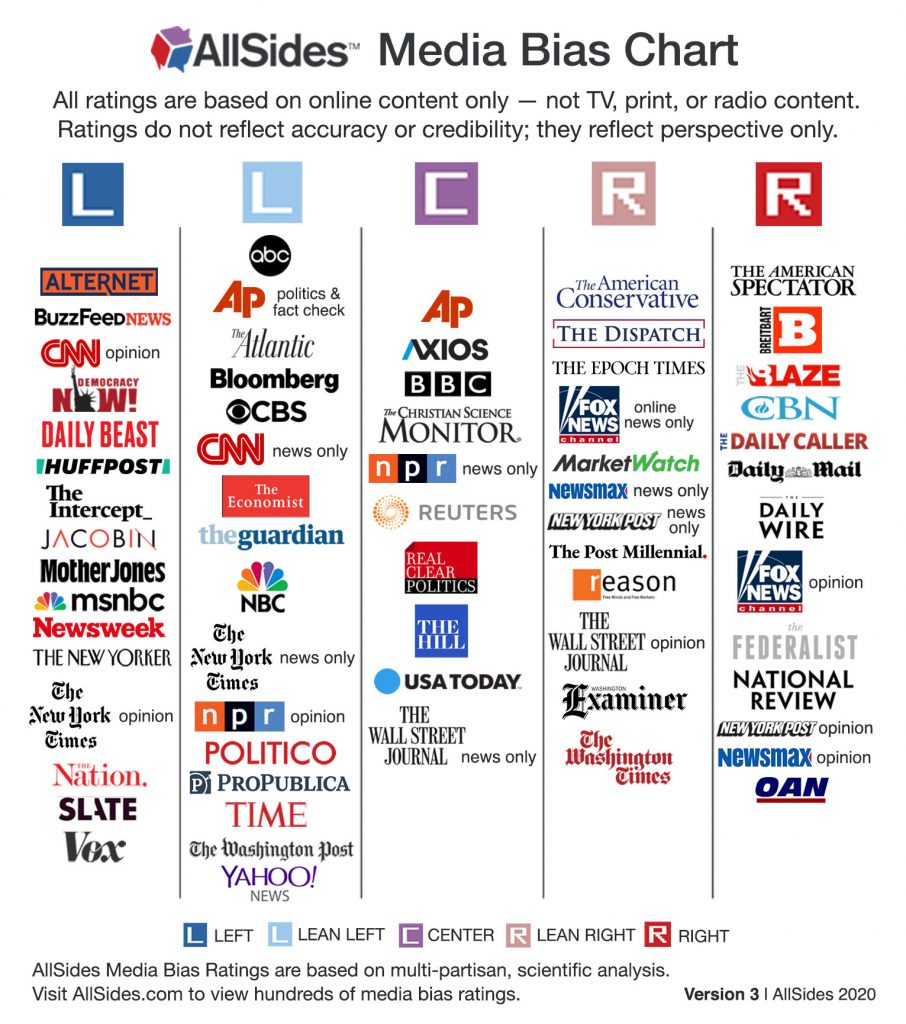Which Source Is Likely To Be The Least Biased

In an era defined by information overload and fragmented narratives, the quest for unbiased news sources has become more critical than ever. The proliferation of media outlets, coupled with the rise of social media algorithms, has created an environment where discerning truth from opinion, and fact from fabrication, presents a formidable challenge. This article delves into the complex landscape of news media, exploring which types of sources are most likely to provide the least biased reporting and how individuals can cultivate a critical approach to news consumption.
The search for an entirely unbiased news source is, in reality, a pursuit of an ideal. Complete objectivity is virtually unattainable, as journalists, editors, and media organizations operate within a framework of human perspectives, institutional influences, and financial constraints. This article examines the characteristics that contribute to minimized bias, analyzes the strengths and weaknesses of various news formats, and offers practical strategies for navigating the complexities of modern media to form well-informed opinions.
Understanding Bias in News
Bias in news reporting can manifest in various forms. It includes selection bias, where certain stories are prioritized over others; framing bias, which shapes the narrative surrounding an event; and confirmation bias, where information is presented in a way that reinforces pre-existing beliefs.
Financial pressures, political affiliations, and the need to attract readership or viewership can all contribute to these biases. Recognizing these influences is the first step in critically evaluating news sources.
Wire Services and News Agencies
Wire services like Associated Press (AP) and Reuters are often considered among the least biased news sources. These agencies provide raw, factual reporting to a wide range of media outlets, minimizing the editorializing and subjective interpretation common in other forms of journalism.
Their business model relies on providing objective accounts that can be adapted and used by diverse publications, incentivizing them to maintain neutrality.
Public Broadcasting
Publicly funded broadcasters, such as BBC (in the UK) and PBS and NPR (in the US), often operate with a mandate to provide balanced and impartial news coverage. Their funding models, which typically involve government grants and public donations, can insulate them from the commercial pressures that may influence privately owned media.
However, they are still subject to scrutiny and allegations of bias, particularly regarding their perceived political leanings. The effectiveness of their commitment to neutrality is often debated.
Fact-Checking Organizations
Organizations dedicated to fact-checking, such as PolitiFact, Snopes, and FactCheck.org, play a crucial role in combating misinformation and holding news outlets accountable. By rigorously verifying claims made by politicians, public figures, and media organizations, these groups provide an invaluable service for discerning truth from falsehood.
These resources are invaluable for verifying claims encountered in news reports. They do not replace news consumption, but significantly enhance the validity of a news story.
Specialized Journals and Academic Research
For in-depth analysis of specific topics, specialized journals and academic research can offer a less biased perspective. These sources typically adhere to rigorous methodologies and peer-review processes, ensuring a high level of accuracy and objectivity.
However, accessing this material can sometimes be challenging. Requires academic database subscriptions or institutional affiliations.
Strategies for Minimizing Bias in News Consumption
Even the least biased news sources are not immune to the potential for subjective interpretation. Therefore, developing critical thinking skills and employing strategic consumption habits is crucial for informed decision-making.
A well-rounded news diet involves diversifying sources. Seeking out news from a variety of outlets, including those with differing political perspectives, can help to identify biases and gain a more comprehensive understanding of an issue.
"It is the mark of an educated mind to be able to entertain a thought without accepting it." - Aristotle
Pay attention to the language used in news reports. Highly emotive or inflammatory language can be a sign of bias. Look for balanced reporting that presents multiple perspectives and acknowledges uncertainties.
Be wary of headlines and social media posts that are designed to provoke strong emotional reactions. These are often manipulative and may not accurately reflect the content of the news story.
Question the source's funding and affiliations. Understanding the financial and political interests of a news organization can provide valuable context for evaluating its reporting.
The Future of Unbiased News
The future of news consumption likely involves a greater emphasis on individual responsibility and media literacy. As technology continues to evolve and new platforms emerge, the ability to critically evaluate sources and discern fact from fiction will become increasingly important.
Efforts to promote media literacy through education and public awareness campaigns can empower individuals to navigate the complex media landscape more effectively.
Ultimately, the quest for unbiased news is an ongoing process of critical engagement. By understanding the potential for bias, diversifying sources, and cultivating critical thinking skills, individuals can become more informed and engaged citizens in an increasingly complex world.

![Which Source Is Likely To Be The Least Biased [ANSWERED] Which sampling method is least likely to have bias? Random](https://media.kunduz.com/media/sug-question/raw/52514231-1658417651.5964406.jpeg?h=512)

